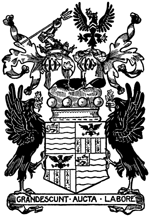
A brief history of the Holmes à Court family

William à Court
(1st Lord Heytesbury)
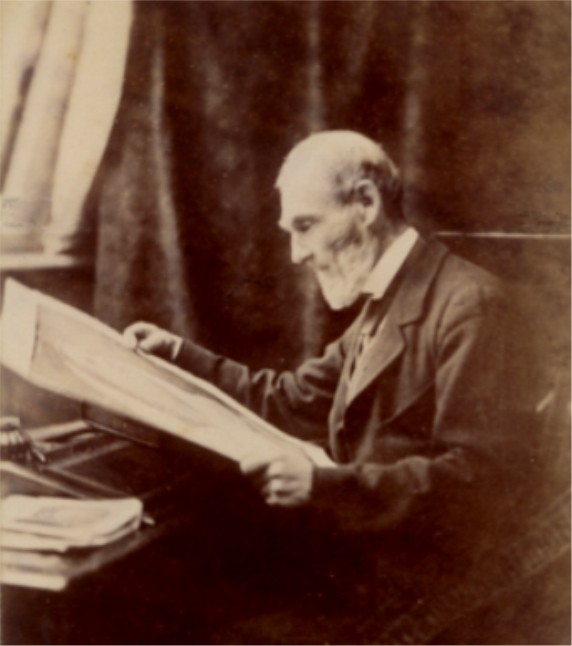
William Holmes à Court
(2nd Lord Heytesbury)
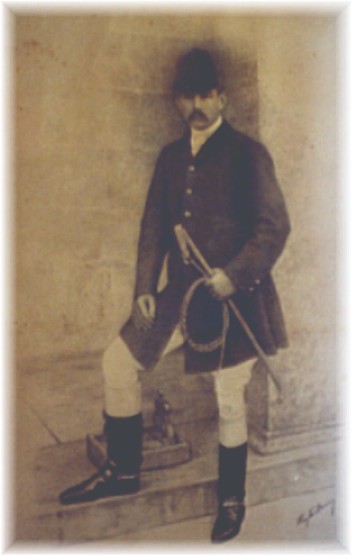
William Holmes à Court
(3rd Lord Heytesbury)
à Court line
The à Court family were living in Somerset in the early 17th Century. William à Court was married to Susanna Horner, who died in 1654 in Frome. Susanna's grandfather was Sir John Horner, known as Jack, who is supposed to have been the object of the Nursery Rhyme."The popular story is that at the time of the dissolution of the monasteries (1536-1539), the Abbot of Glastonbury sent his steward, John Horner, to Henry VIII with the deeds of Mells Manor concealed in a pie. As Jack Horner traveled up to the town in the Abbot's wagon, he lifted the crust of the pie and stole the gift of the manor. When John returned he told the Abbot that the King had given him the gift. The plum in the rhyme was the deed of the Manor of Mells which is still possessed by his descendants. Records show, however, that Thomas Horner purchased the manor."
In 1705 Peirce à Court, a descendant of William à Court, married Elizabeth Ashe. Elizabeth was heir to the Heytesbury Estate, which had been bought by her grandfather, Edward Ashe,in 1641. The Ashe family had become extremely wealthy in the early 17th Century from making woollen cloth in Somerset and selling it in London and abroad, which enabled Edward to buy the 'Manor and Hundred' of Heytesbury from a Thomas Moore. The Manor of Heytesbury had earlier been in the possession of the Hungerford family since at least the 13th Century, but when Walter Hungerford (created First Baron Hungerford of Heytesbury in 1536) was executed at the Tower of London in 1540/1 it is believed that the Heytesbury Estates were confiscated by the crown. The Manor of Heytesbury (and apparently Tytherington) was granted to Henry Wheeler by the Crown in 1553, who later sold it to the Moore family.
Since Elizabeth Ashe had no male sibling she retained her maiden name on marrying Peirce, and hence the family surname became Ashe à Court. Peirce and Elizabeth had six children, one of whom was William Ashe à Court, born in 1708. William became an Army General and married Annabella Vernon in 1747. An ancestor of Annabella's, Henry Vernon, was in 1648 given a silk morning cap by Charles I as a gesture of thanks when the king stayed at his house in Farnham, Surrey, when on his way to his execution in London. The cap was passed down the generations and is now on display in a local museum.
William and Annabella had a son William Peirce, who was born in 1747. William was a Colonel in the Army, and was made baronet in 1795. William Pierce married Laetitia Wyndham. Their first child, also named Laetitia, died in childbirth with still born twins in 1810 at the age of 31. A memorial to her resides in the family pew in Heytesbury Church. Their second child was William, born in 1779, who was a diplomat and held a number of appointments, including Envoy to the Barbary States (1813), Envoy to Naples (1814), Envoy to Spain (1822), Ambassador to Portugal (1824), Ambassador to Russia (1828-1832), Viceroy of Ireland (1844-1846). He was created First Baron Heytesbury in 1828.
William married Maria Bouverie in 1808. Maria died in 1844 in Dublin while William was Viceroy of Ireland. Their eldest son was the William Ashe à Court who married Elizabeth Holmes.
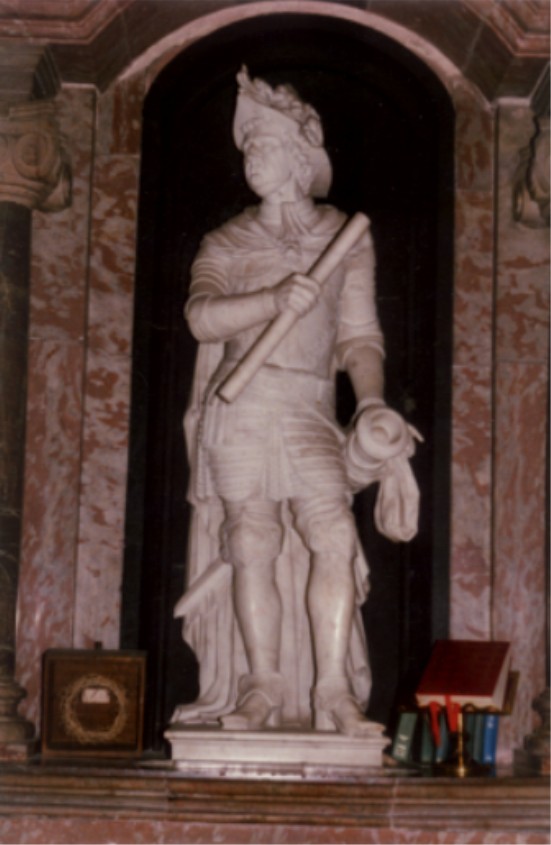
Statue of Robert Holmes, Yarmouth Church
George Hotel, Yarmouth
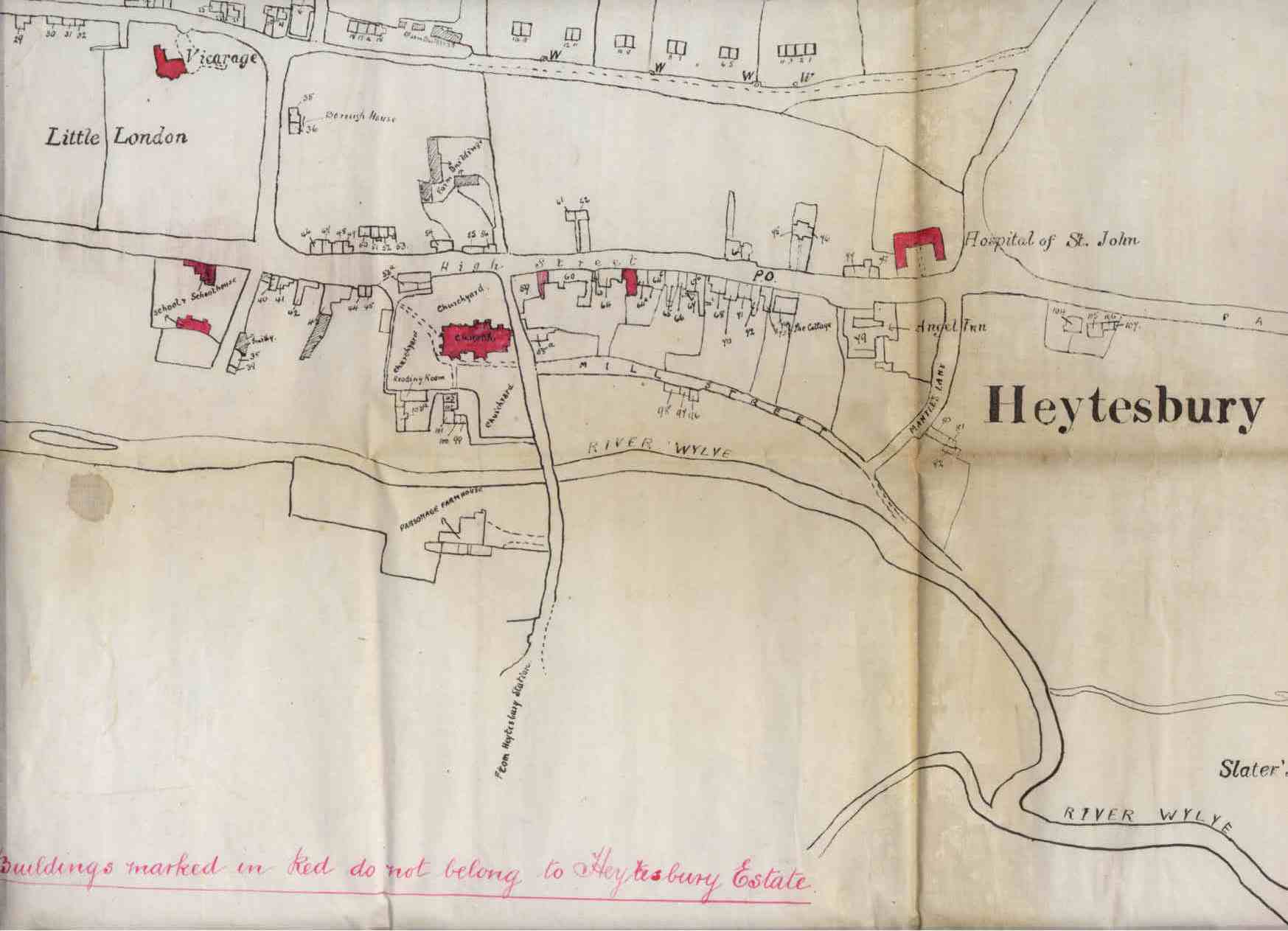
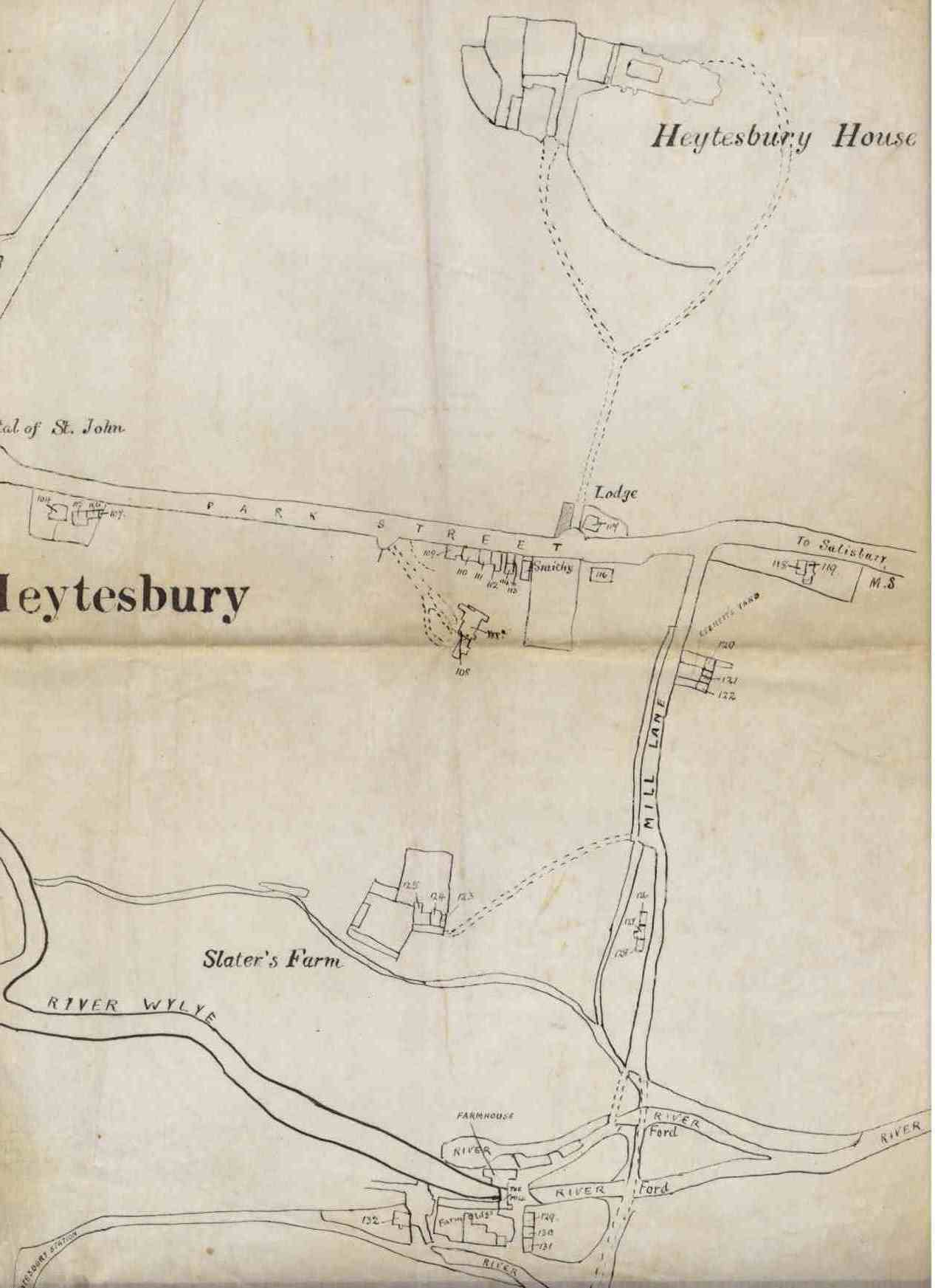
Map of Heytesbury, showing property owned before 1920
Holmes line
The earliest Holmes family member known to date was Robert, who was an officer in the Army during the reign of Elizabeth I in the late 16th Century. Robert moved from Lancaster to Ireland and became Provost of Mallow, County Cork in 1612. Robert's grandson was also named Robert and was probably the most notorious member of the whole family. He was born in Ireland in 1622.Third son of Henry Holmes of Mallow, County of Cork, and brother of Sir John Holmes, he served during the civil war in the Royalist Army and, after the death of Charles I, accompanied Prince Rupert (Charles I's nephew) to the continent. After 1648 he came into contact with the Navy, sailing with a Royalist fleet to Kinsale, the Mediterranean, West Africa and the West Indies. By the time of the Restoration he had obtained his first command in the Navy (the Bramble).
After the restoration of Charles II he was rewarded in October 1660 with the Captaincy of Sandown Castle in the Isle of Wight. At about the same time he sailed for the Guinea Coast for the protection of trade from where he brought back the gold from which Guineas were first minted. He is thought to have been instrumental in starting the Second Dutch War when he raided Dutch Trading Posts in West Africa in 1663. He also burnt some 150 ships in the Dutch port of Vlie and sacked the town of West-Terschelling in 1664 (known as Holmes's Bonfire). In 1668 he became Governor of the Isle of Wight. As part of his privileges he was entitled to two-thirds of the value of any enemy ship (and its cargo) that he captured in local waters. This was at a time when both France and Holland were regarded enemies. From his base in Yarmouth, Holmes carried out an almost piratical operation and added vastly to his wealth. There is some belief that he was responsible for capturing New Amsterdam from the Dutch and renaming it New York (after the Duke of York), although this is probably not in fact the case.
It appears that he never married; therefore he had no legitimate children and, by his will and after making an ample provision for an illegitimate daughter (Mary Holmes),he devised the bulk of his property to his nephew, Henry, son of his elder brother, Thomas Holmes of Killmallock, County Limerick, subject to the condition that he marry the illegitimate daughter Mary within eighteen months. This marriage duly took place, resulting in fifteen children which included Thomas, 1st Baron Holmes of Killmallock, and Admiral Charles Holmes.
There are many stories about Robert Holmes, for example his statue in Yarmouth Church was originally intended for the French King, Louis XIV. The sculptor had created the body, and was travelling to France to do the head 'from life'. The ship was wrecked, however, and Robert captured the body and sculptor who was forced to place Robert's own head on it. Robert Holmes' house that he built in Yarmouth is now the George Hotel.
The Isle of Wight and Ireland Estates were passed down through
a number of lines
as other families inter-married, and eventually passed to Sir Leonard
Thomas Worsley Holmes, 9th Baronet who died in 1825, leaving three
daughters.
The youngest, Isabella, died 18 days after her father aged only 6
months.
The estates were settled entirely on the eldest daughter, Elizabeth,
who
married William Ashe à Court.
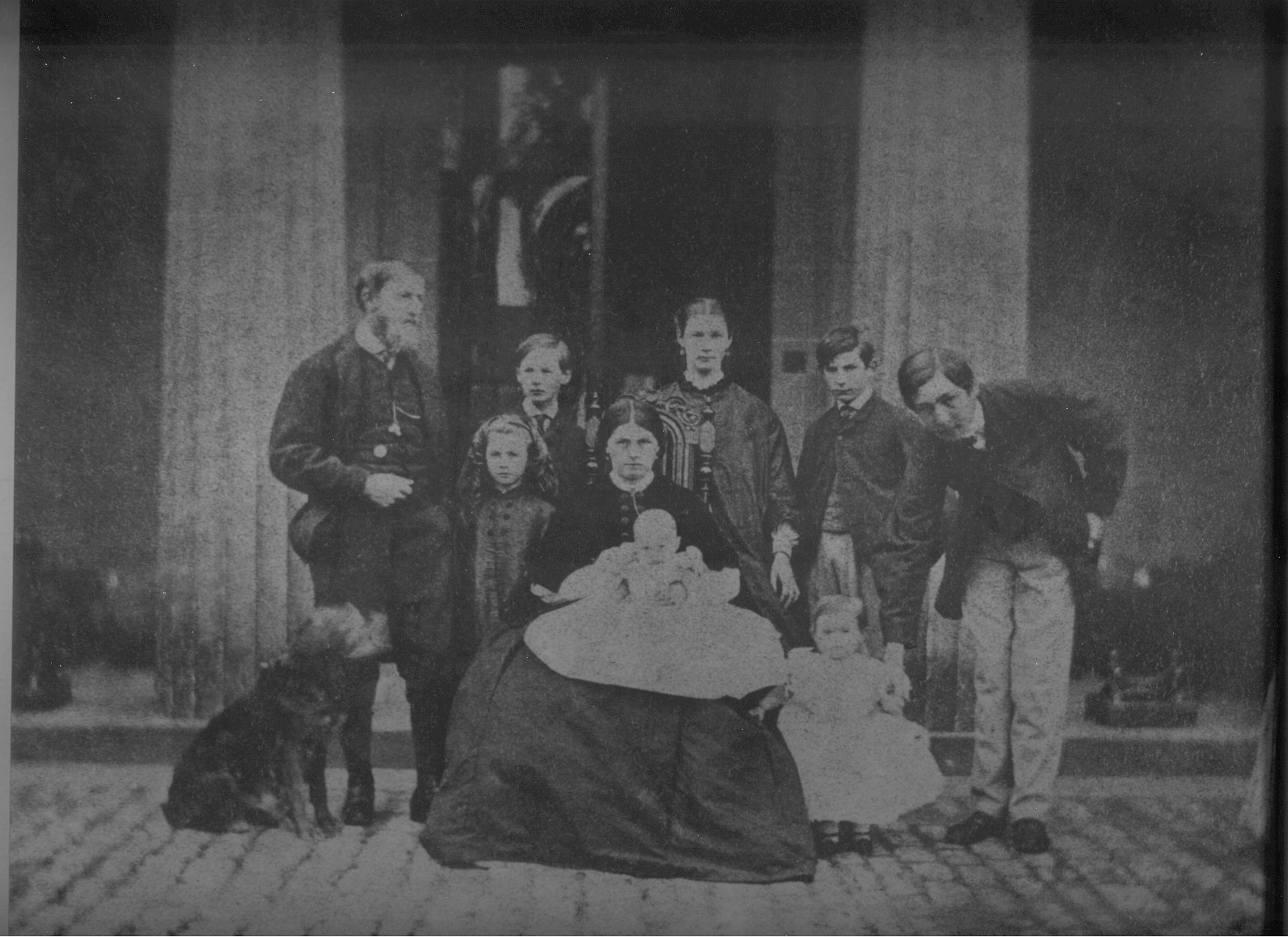
The Holmes à Court family at
Heytesbury house in about 1863. Left to Right Back Row:
William (Son of the 2nd Lord Heytesbury), Herbert, Elizabeth,
Arthur, Charles, Second Row:
Margaret, Isabella, Front Row: Leonard, William Frederick.
Late 19th and 20th Century
William Holmes à Court, 2nd Lord Heytesbury, and Elizabeth lived mainly at Heytesbury House and had fifteen children. William died in 1891, aged 81, and outlived his eldest son, also called William. This meant that the title passed to his grandson, William Frederick who became the 3rd Baron.William Frederick died from TB only 12 years after inheriting, aged 41, which meant that his brother Leonard, who had been a Captain in the Boer War, became the 4th Baron. However, although the title passed to Leonard the estates remained in the possession of William Frederick's widow, Margaret. The Isle of Wight Estates were steadily sold off during the mid 1890's, and also around 1913, due to the rising costs of death duties and the cost of paying 'portions' of the estate to the large number of younger children of the family, together perhaps with some unwise investment decisions. Heytesbury house and surrounding parkland was sold in 1926, by the executors of Margaret's estate. Later, the house was owned by the poet Seigfried Sasson (1886 - 1967).
Several of the younger brothers of the family emigrated to Canada, South Africa and Australia during the 19th Century, presumably due to the lack of opportunity for them in England.
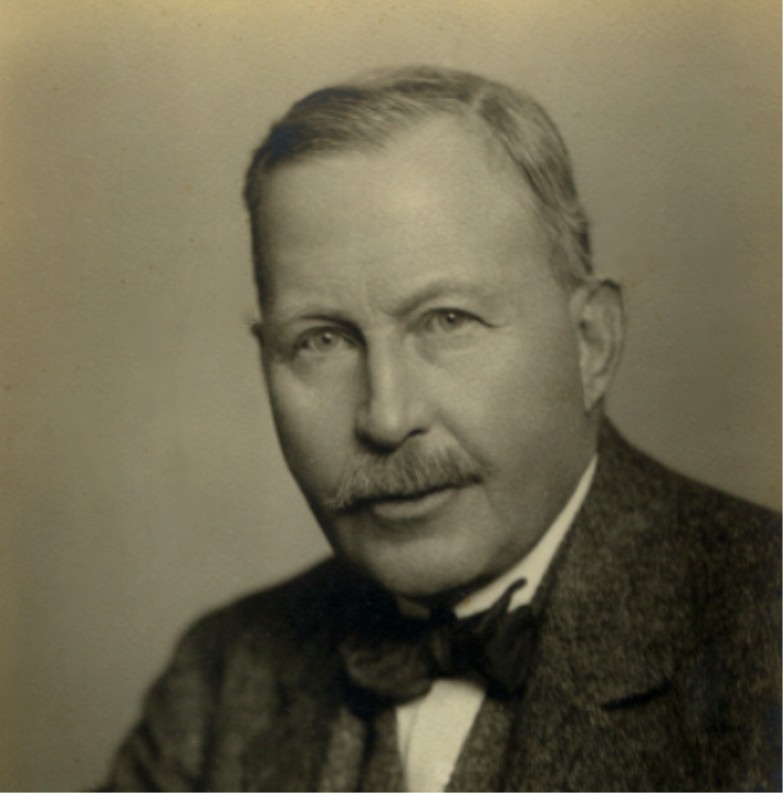
Leonard Holmes à Court
(4th Lord Heytesbury)
Leonard came out of retirement during the First World War and became Lieutenant Colonel of the Wiltshire Regiment, which was largely a training role at the regimental headquarters in Devizes. In later life he lived at Crockerton, Wiltshire, and died in 1949.
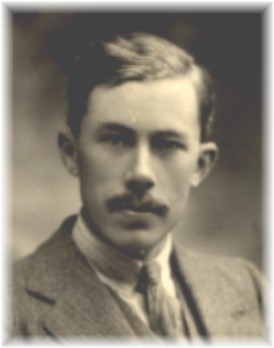
William Holmes à Court
(5th Lord Heytesbury)
His son, William, served in the RAF as a Wing Commander during the Second World War. After the war, having studied at the Slade School of Art he spent a number of years as an art teacher, before moving to Heytesbury. There he built a new house which he called Westover on land that was known as the Newtown Plantation, where he lived from 1955 until he died in 1971.
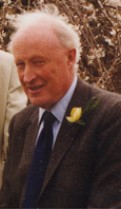
Francis Holmes à Court
(6th Lord Heytesbury)
Some other notable members of the family (in no particular order):
The Ashe family (John, a nephew of Edward Ashe who bought Heytesbury Manor) who emigrated to Carolina in the late 17th Century. The town of Asheville and Ashe County are named after them.Charles à Court Repington (1858-1925), a former British soldier, was a well known journalist during the First World War.
Robert Louis Stevenson (1850-1894), Scottish novelist, essayist and poet was a member of the Balfour family.
Robert Holmes à Court (1937-1990) Australian entrepreneur, had interest in his family roots naming his company and farm after the village of Heytesbury.
